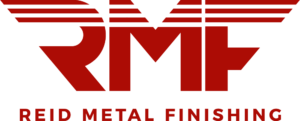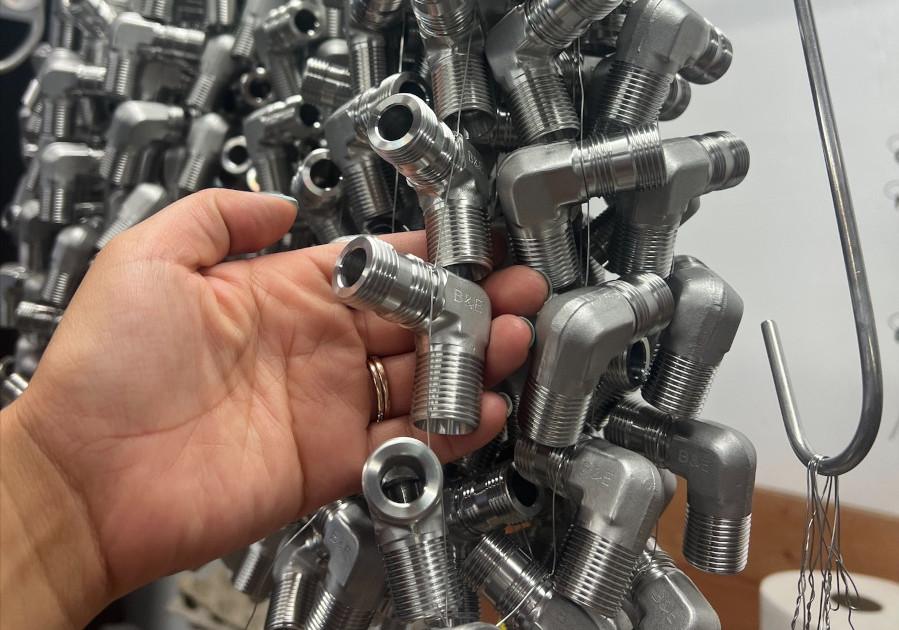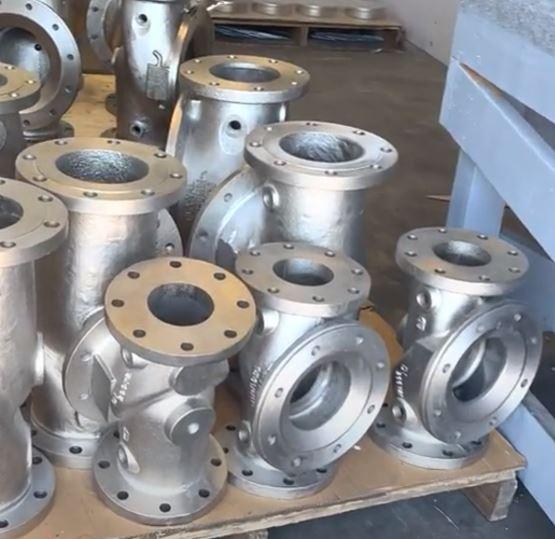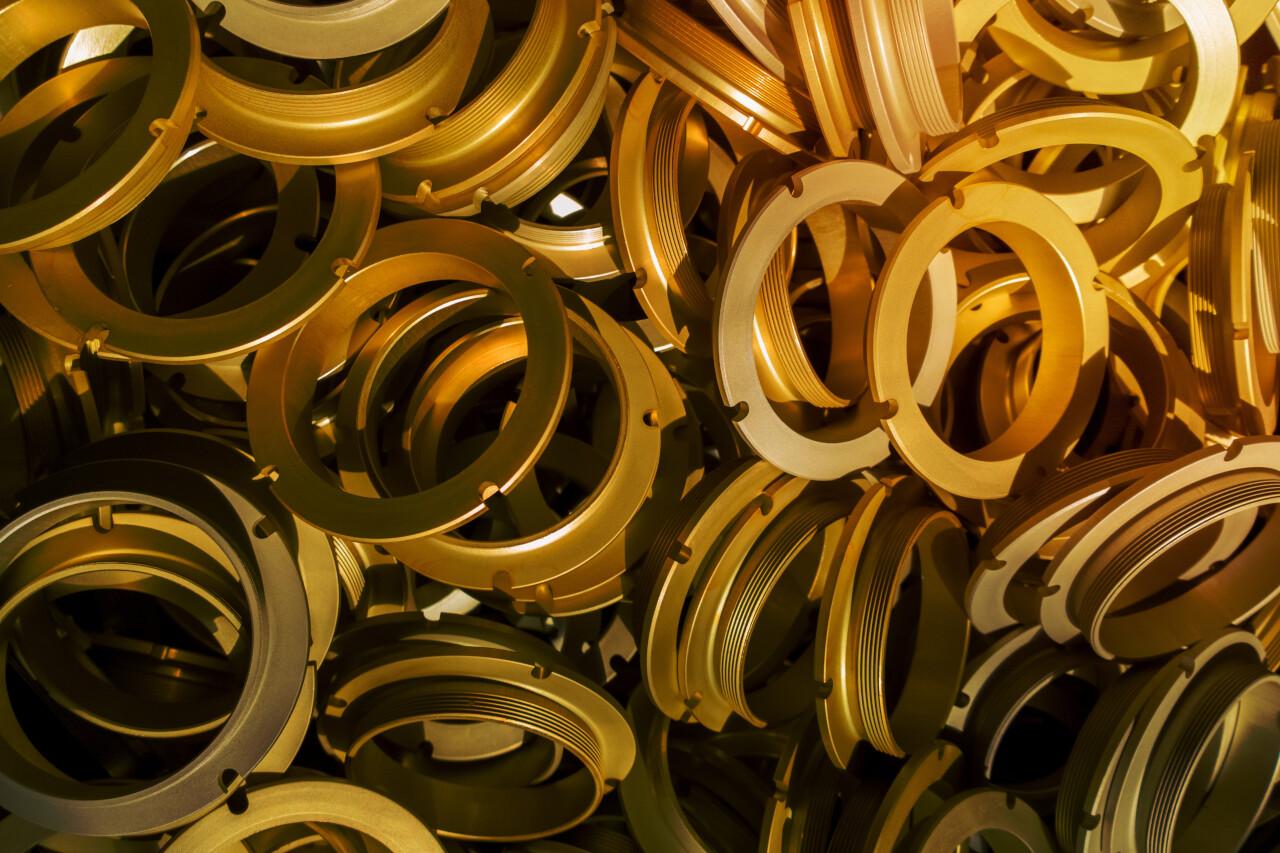Advancing Corrosion Protection with Innovative Passivation Techniques
Stainless steel is naturally corrosion resistant, but even this popular metal needs a boost when it comes to highly corrosive environments. Stainless steel is susceptible to rust over time, as a result of the natural aging of the metal or from exposure of iron contaminants on the surface to water–and one of the ways that it can be protected from issues like this is through passivation.
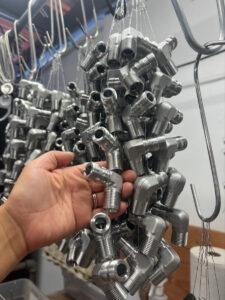 So what is passivation–and how does it work?
So what is passivation–and how does it work?
Passivation is, at its heart, a chemical cleaning process, though it has some similarities to electroless plating and anodizing treatments as well. This type of metal finish is applied by first thoroughly cleaning the part in order to remove debris and other contaminants. Then, an oxidizing agent like nitric acid or citric acid is applied to the surface of the treated part, which causes the formation of a passive oxide film that strengthens the part’s overall corrosion resistance. Though typically used on stainless steel components, passivation is also an excellent choice of surface treatment for other alloys and metals as well, such as aluminum.
Why choose passivation?
While it might seem simple in process, passivation is a crucial part of finishing, especially for stainless steel components. It’s often necessary to perform after any machining operations in order to remove contaminants that may have been introduced to the surface from the manufacturing environment or from the cutting tools themselves that could impact performance later.
Passivation serves two purposes–to remove these contaminants and to strengthen the surface, all in one. It’s especially important for parts that will be exposed to humid environments or salt spray, or for parts that need protection, but cannot risk the tolerance impact of something like a powder coating. The passivation layer is incredibly thin, having very little effect on the part’s dimensions, and preserving the color and appearance of the metal underneath.
Typically, passivation is a required surface treatment for critical components used in the highly regulated aerospace and medical device manufacturing sectors. However, it’s also an excellent choice for many other applications that want to get the most out of their stainless steel components.
About Reid Metal Finishing
Reid Metal Finishing is an expert finishing company offering a wide range of metal surface treatments, such as plating, anodizing, passivation, and more! Head over to our website to learn more about what we can do for you and request a quote today!
